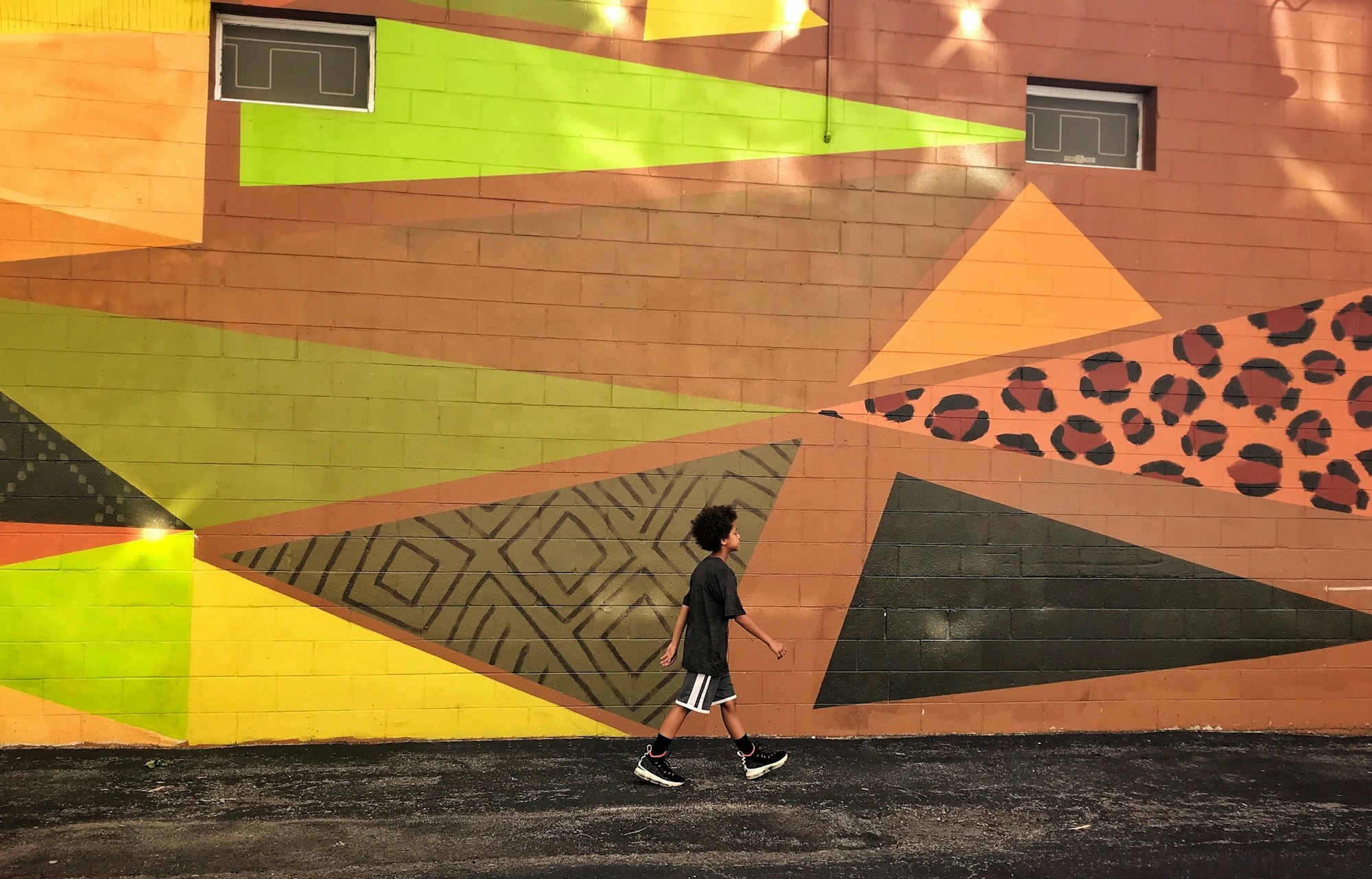Street art isn’t just colorful murals on city walls. It’s a powerful form of expression that transforms urban landscapes into vibrant canvases, telling stories of culture, resistance, and creativity. Let’s delve into the world of street art and uncover the stories behind some of the most iconic murals.
1. The Rise of Street Art
1.1 What is Street Art?
Street art is visual art created in public locations, typically unsanctioned and outside the confines of traditional galleries. It includes graffiti, stencils, stickers, and large-scale murals. Street art challenges the boundaries of conventional art and brings creativity to unexpected places.
1.2 The Evolution of Street Art
Street art has evolved from the underground graffiti movement of the 1970s to a respected art form. Initially viewed as vandalism, it now enjoys recognition in the art world, with many street artists gaining international acclaim. This evolution reflects changing attitudes towards public space and artistic expression.
2. Iconic Street Art Movements
2.1 The Graffiti Movement
Graffiti, the precursor to modern street art, began in the late 1960s and early 1970s. Artists like TAKI 183 and Cornbread started tagging their names on walls in New York City and Philadelphia, sparking a movement that would spread worldwide. Graffiti became a voice for marginalized communities, a way to reclaim urban spaces, and a means of self-expression.
2.2 The Mural Renaissance
In recent years, large-scale murals have become a prominent feature of street art. These expansive works often address social, political, and environmental issues. They bring color and life to urban areas, transforming drab walls into captivating visual narratives. Cities like Berlin, Los Angeles, and Rio de Janeiro are famous for their stunning murals.
2.2.1 Community Engagement
Many mural projects involve the local community, fostering a sense of ownership and pride. Artists collaborate with residents to create works that reflect the community’s history and aspirations. This engagement can transform neighborhoods, promoting unity and revitalization.
2.3 The Influence of Street Art Festivals
Street art festivals have played a significant role in legitimizing and promoting street art. Events like the Wynwood Walls in Miami, POW! WOW! in Hawaii, and Upfest in the UK attract top artists from around the globe. These festivals celebrate street art culture and provide a platform for artists to showcase their talents.
3. The Stories Behind the Murals
3.1 Banksy: The Enigmatic Provocateur
Banksy, perhaps the most famous street artist, is known for his thought-provoking and often controversial works. His murals address issues like consumerism, war, and political corruption. Despite his anonymity, Banksy’s art has garnered worldwide attention, sparking debates and inspiring countless artists.
3.2 Shepard Fairey: From OBEY to Hope
Shepard Fairey started with his “OBEY Giant” campaign, plastering cities with stickers and posters featuring the face of wrestler André the Giant. Fairey’s “Hope” poster for Barack Obama’s 2008 presidential campaign catapulted him to fame, becoming an iconic image of modern political art.
3.3 JR: The Face of Change
French artist JR uses large-scale photographic portraits to highlight social issues. His “Inside Out” project invites people to share their stories by posting their portraits in public spaces. JR’s work blurs the line between art and activism, giving a voice to the voiceless.
4. The Impact of Street Art on Urban Spaces
4.1 Revitalizing Neighborhoods
Street art has the power to transform neglected areas into vibrant cultural hubs. Murals and installations can attract tourists, boost local businesses, and foster community pride. Projects like Philadelphia’s Mural Arts Program demonstrate how art can drive urban revitalization.
4.2 Promoting Social Change
Street art often serves as a platform for social commentary. Artists address issues like racial inequality, climate change, and human rights, sparking conversations and raising awareness. These powerful visual messages can inspire action and change perspectives.
4.3 Bridging Cultural Divides
Street art transcends cultural and linguistic barriers, creating a universal language of visual expression. It brings together diverse communities and fosters mutual understanding. In cities around the world, street art celebrates cultural diversity and promotes inclusivity.
5. Creating Your Own Street Art
5.1 Finding Your Voice
Street art is about expressing your unique perspective. Start by identifying the themes and messages that resonate with you. Whether it’s social justice, environmentalism, or personal stories, your art should reflect your passions and beliefs.
5.2 Learning the Techniques
Mastering street art techniques takes practice and patience. Experiment with different mediums, such as spray paint, stencils, and wheatpaste. Study the work of established street artists and learn from their styles and methods.
5.3 Respecting the Space
Street art exists in public spaces, so it’s crucial to respect the environment and the community. Seek permission if you’re planning to create art on private property. Engage with local residents and consider the cultural and historical context of the area.
Conclusion
Street art is more than just colorful murals; it’s a movement that reshapes urban landscapes and tells powerful stories. From graffiti pioneers to contemporary muralists, street artists challenge the status quo and inspire change. By transforming blank walls into vibrant canvases, they bring art to the people and make our cities more beautiful and meaningful. So next time you walk by a stunning mural, take a moment to appreciate the story it tells and the revolution it represents.








